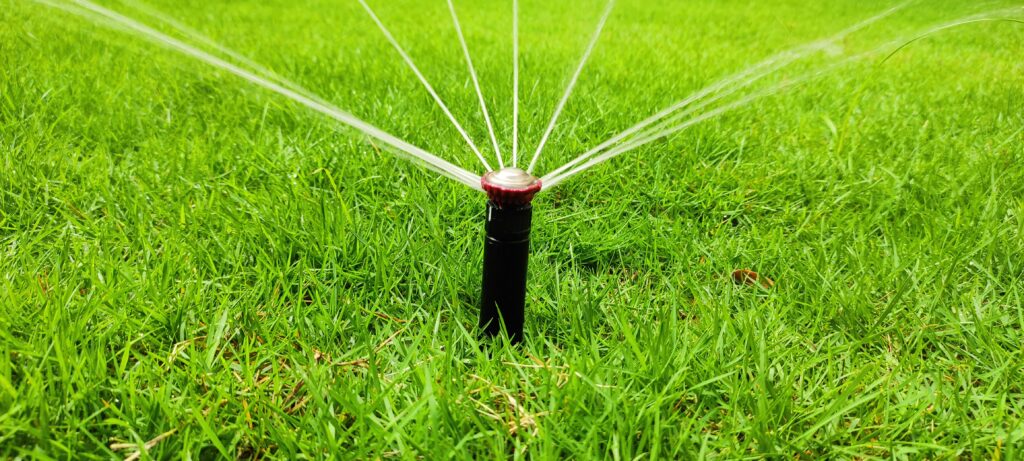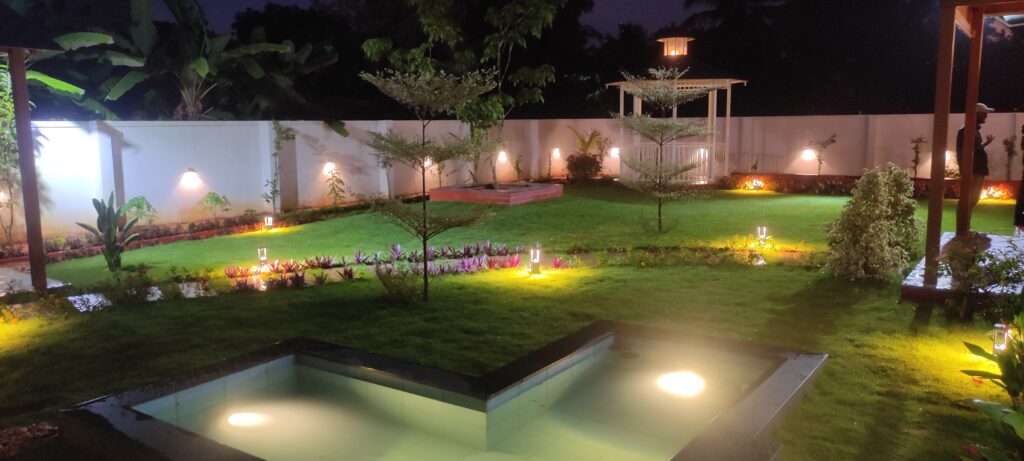Technology and devices to control and manage the watering.
The goal of irrigation automation is to optimize water usage, ensure proper watering schedules, and improve overall efficiency in agricultural and landscaping practices.

Here’s how irrigation automation works
- Sensors: The automation system typically includes various types of sensors to monitor environmental conditions, such as soil moisture, temperature, humidity, and sometimes even weather conditions like rainfall and wind speed.
- Controller: A central control system, often connected to the internet, receives data from the sensors and processes this information. It analyzes the data to determine the irrigation requirements.
- Valves: The irrigation system includes electronically controlled valves that can open and close to regulate the flow of water to different irrigation zones.
- Schedule and Settings: The irrigation system’s central controller sets up a watering schedule based on the data from the sensors and the specific needs of the plants in each zone. The settings can be adjusted according to the type of crop, soil conditions, and weather patterns.
- Automation and Remote Control: The automation system can operate without human intervention. However, it can also be remotely controlled and monitored by the user through a smartphone app or a web interface. This allows users to adjust settings, view data, and manually start or stop irrigation as needed, even from a distance.
Benefits of irrigation automation
- Water Efficiency: By monitoring soil moisture levels and weather conditions, irrigation automation ensures that water is applied only when necessary, reducing water wastage.
- Plant Health: The system can maintain optimal soil moisture levels, preventing both overwatering and underwatering, which helps improve plant health and yield.
- Time and Labor Savings: Automation reduces the need for manual intervention, saving time and labor in managing irrigation.
- Precision Irrigation: Different zones can be watered independently, providing precise irrigation to suit the specific needs of each plant or crop.
- Remote Monitoring: The ability to monitor and control the irrigation system remotely provides convenience and flexibility to farmers and gardeners.
Overall, irrigation automation is a powerful tool that combines technology and data to make irrigation more efficient, sustainable, and effective in agricultural and landscaping practices.
A land become a lawn, then?

You don’t have to worry about dragging a hose around or manually watering your lawn.


sprinklers that spray just the right amount of water for each zone of your lawn
